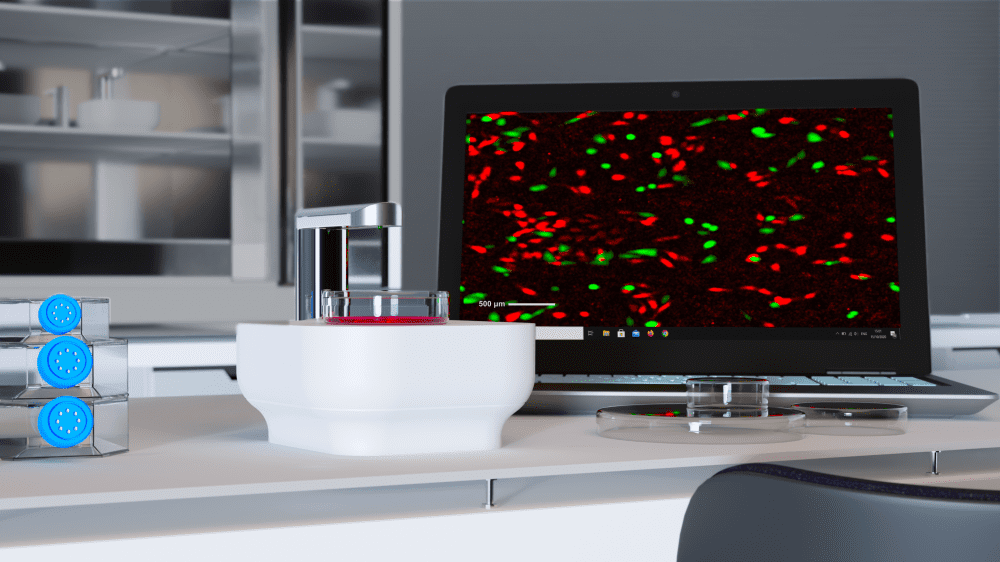November 3, 2020
CytoSMART Technologies today announced its first fluorescence live-cell imager. The CytoSMART Lux3 FL is a small live-cell imaging microscope equipped with one brightfield and two fluorescent channels (green and red).
CytoSMART notes the device enables researchers to unravel cellular processes in real-time, while the cells are kept in a controlled environment inside a standard cell culture incubator.
Said Jan-Willem van Bree, CTO at CytoSMART Technologies, “Currently, fluorescent labeling is mostly used as an end-point measurement. However, time-lapse imaging of live cells can give much more information about biological processes. By using automated imaging at regular time intervals, the temporal resolution of the fluorescent data is increased, leading to even more relevant data about the cellular processes.
In this way, researchers can not only determine if a certain process has occurred, but also when it occurred and at what speed. Our customers have been asking us to develop a small and easy-to-use microscope with integrated image analysis of bright-field and fluorescence data. We have listened and made it happen.”
The main features and benefits of the CytoSMART Lux3 FL include:
- Integrated image analysis of bright-field and fluorescence area or fluorescence object count.
- Time-lapse movies to investigate the development of cellular processes.
- Expanded number of variables researchers can analyze in their cell culture using green and red fluorescence.
- Remote data accessibility via the CytoSMART Cloud with a smartphone, tablet, or laptop outside the lab.
- Portable, easy-to-use, and incubator friendly live-cell imager.
